An unexpected change in the weather can cause us to alter our plans at the last minute.
But sometimes a sudden storm or an unusually chilly day results in more than a hastily reorganised barbecue or an abandoned sporting fixture.
Here are six times the weather might actually have changed the course of history.
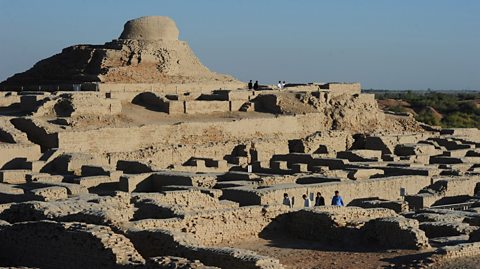
The Holocene
There's a big difference between weather and climate, but they are connected. A more stable and Climates that are not too hot or too cold, such as the UK. Higher levels of precipitation are often found closer to the sea than further inland. climate means weather conditions that are actually more likely to lead to human development.
Around 11,000 years ago the EarthÔÇÖs climate did indeed became more stable and temperate. This new period in its history is called the Holocene, when the wild climate shifts that characterised the previous a period of time, known as the Pleistocene, were replaced with relatively constant temperatures.
The result of this newly stable climate was a flourishing of human civilisation. Plant and animal life became more diverse and warmer weather patterns allowed the development of agriculture, animals and the building of larger settlements which allowed our species, Homo sapiens, to grow.
But our impact on the climate has been so big, especially since the Industrial Revolution, that some scientists argue the Holocene is effectively over, and we have entered a new epoch which should be called the Anthropocene, reflecting the huge effect Homo sapiens are having on the environment.

The Defeat Of The Spanish Armada
In 1588 King Philip II of Spain sent an Armada from Lisbon with the aim of invading England. At roughly 150 ships and 18,000 men it was the largest fleet Europe had ever seen.
After heavy fighting at the Battle Of Gravelines, the Armada turned for home but strong winds blew the Spanish towards the North Sea, and the ensuing storms wrecked many ships on the coasts of Scotland and Ireland. The storms were even more disastrous for the Armada than the battle had been and only about half of the original ships made it back to Spain.
The destruction of King PhilipÔÇÖs forces by the storm was a severe blow to the Spanish, a triumph for the English and, according to many historians, changed the course of European history. The historian Robert Hutchinson has written that "If those battle-hardened Spanish troops had landed, as planned, near Margate on the Kent coast, it is likely that they would have been in the poorly defended streets of London within a week and the Queen and her ministers captured or killed. England would have reverted to the Catholic faith and there may have not been a British Empire to come".
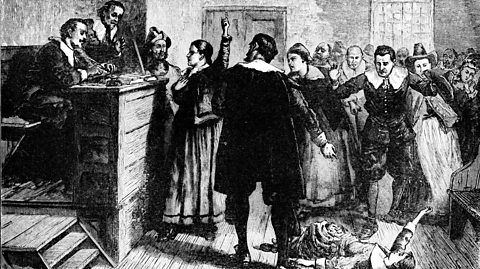
The Salem Witch Trials
Between the 14th and 19th Centuries temperatures around the globe fell around half a degree Celsius. Countries in the Northern Hemisphere began to experience exceptionally cold winters, so chilly that the Thames froze over at least 20 times.
This ÔÇÿLittle Ice AgeÔÇÖ had many big consequences. Crop failures led to disease and famine and this might have been one of the causes of the rise of witch-hunts, including the infamous one in Salem.
Between early 1692 and mid 1693, Salem in Massachusetts was shaken by a series of witch trials. Some supposed witches were killed and many more incarcerated. The trials would become infamous, and have been the backdrop to many books, films and plays.
According to some historians, the stage had at least partly been set for this tragedy by the weather. The brutal deprivations that communities like Salem suffered due to the harsh winters made people afraid, and they looked for scapegoats.
Witches were widely believed to have the power to control the climate, and because the winters during the period just before the trials had been especially bad, people suspected of being witches became an easy target.
The consequences of this might be even more far reaching. Widespread horror at what had happened in Salem contributed to an atmosphere in which there were demands to reform the American legal system, with these including the right to cross-examine witnesses and the presumption of innocence.

The Birth Of FrankensteinÔÇÖs Monster
In April of 1815 Mount Tambora in Indonesia erupted. It was a huge volcanic eruption, spewing 150km3 (36mi3) of ash and pumice into the sky and killing at least 10,000 people.
The amount of ash in the atmosphere blocked out sunlight and reduced global temperatures by an average of three Celsius, resulting in what became known as the ÔÇÿyear without summerÔÇÖ in 1816.
It might also have contributed to the creation of one of literatureÔÇÖs most famous monsters. In the summer of 1816 Mary Shelley was holidaying at the Villa Diodati in Geneva with her friends, who included romantic poets Lord Byron and future husband Percey Byshe Shelley, who she would marry later that year.
The ÔÇ£wet, ungenial summer, and incessant rain often confined us for days to the house,ÔÇØ Shelley later wrote. Stuck inside, the group decided to amuse each other by writing horror stories. Impressed by the dramatic storms over Lake Geneva (ÔÇ£The thunder storms that visit us are grander and more terrific than I have ever seen before,ÔÇØ she wrote) Mary came up with the tale of a monster assembled from stolen body parts and brought to life.
So, if it wasnÔÇÖt for the bad weather caused by an erupting volcano, one of horror cultureÔÇÖs most iconic figures may never have been born. Next time you are stuck inside because of the weather, get writing and you never know what could come from it!
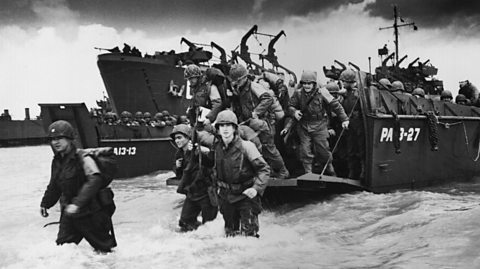
The D-Day Landings
ÔÇÿOperation OverlordÔÇÖ was the Allied forcesÔÇÖ World War Two plan to invade France from the UK and push German forces back across Northern Europe. The precise date for the start of this invasion was referred to as D-Day.
The timing of the operation was crucial. A low but rising spring tide was needed to make blowing up obstacles easier, and to ensure that the landing craft didnÔÇÖt get stranded on a beach by retreating water. And calm weather would be needed for crossing the English Channel.
With these requirements in mind the invasion was originally planned for 5 June 1944. Group Captain James Stagg, who was a senior British meteorologist, predicted poor weather and he was able to persuade General Eisenhower to push back the operation by 24 hours to 6 June.
Sure enough, 5 June saw stormy weather and had Operation Overlord gone ahead on the original date, it could well have failed.
The heavy cloud cover of the previous day was a help too. ÔÇ£Had it been a clear day on the fifth of June, German reconnaissance may have spotted the mass build-up of weapons, troops and ships along the south coast, and been better preparedÔÇØ, says historian Dr Kate Vigurs.
All in all, Group Captain StaggÔÇÖs weather forecast ended up being one of the most important in modern history.
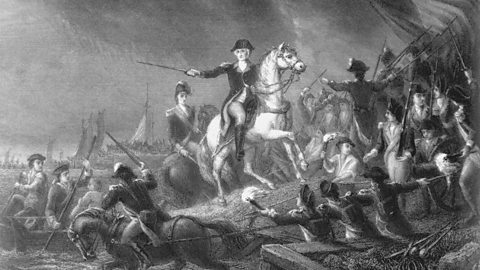
The Success Of The American Revolution
ÔÇÿThe fog of warÔÇÖ is a saying people use to describe the chaos of the battlefield. But in August 1776, early in the American Revolutionary War, fog played a very literal intervention in history. Because of the fog, George Washington and his troops were able to escape one of its first battles, thus allowing the Revolutionary War to continue.
During the Battle of Long Island, Washington had divided his forces between Manhattan and Brooklyn, both of which the British forces were trying to seize as part of their campaign. The battle had been going the British way, and on 29 August Washington decided to evacuate his forces across the East River, from Brooklyn to Manhattan.
Washington started under the cover of darkness, but as the Sun began to rise, both he and a large number of his men were still on the Brooklyn side of the river.
Suddenly, a thick fog rolled in and Washington and his men were able to evacuate to the relative safety of Manhattan and when the British arrived just a few hours later there was no sign of them.
Although the battle had ended in a retreat, Washington and his men had survived. Had they been captured, the American Revolution might have ended before it really began.
This article was published in August 2024
Looking for quizzes, amazing stories and fun facts?
Bitesize Topical has it all!

How to be a weather forecast pro
Fancy yourself a weather presenter? Check out this guide on the science behind weather forecasting
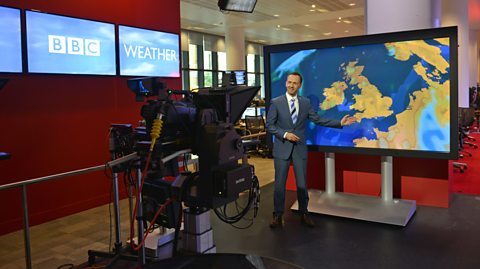
Snow patrol apps and other cool ideas to avoid snow chaos
It might look picturesque but freezing weather can cause chaos when it hits. Read how snowy countries cope with the colder temperatures.
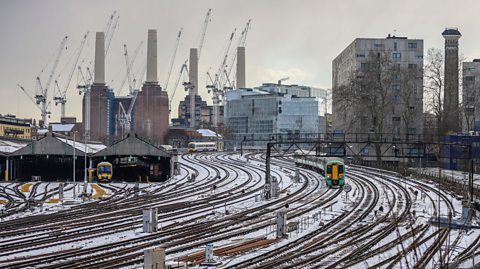
Does the weather affect your mood?
Many things can alter our mood and a change in the air could be one of them. Bitesize finds out more about how our mood may be linked to the weather
